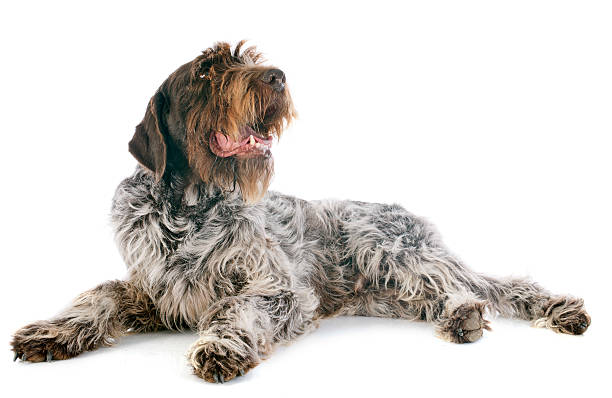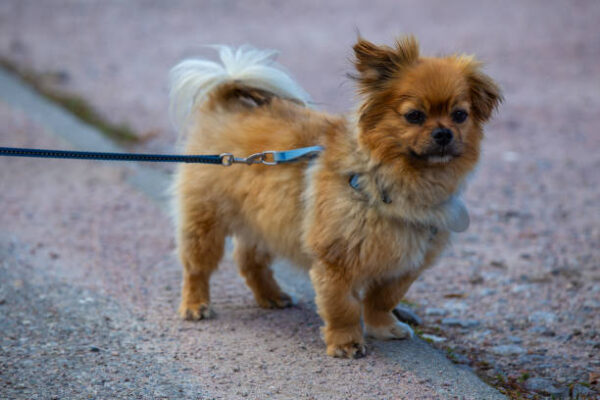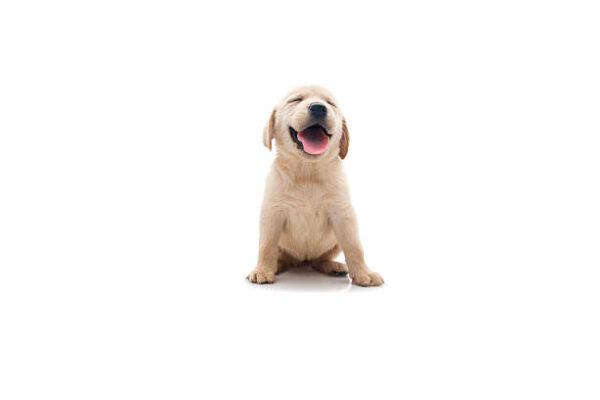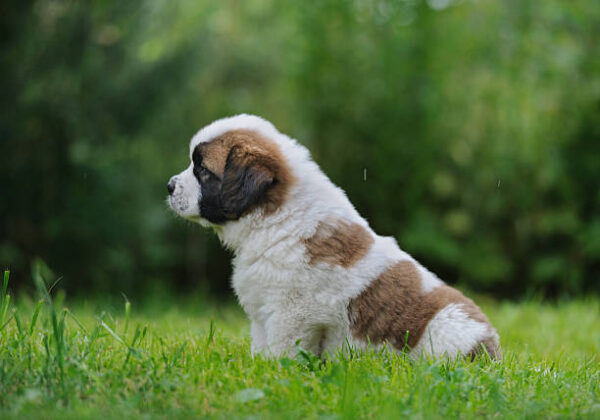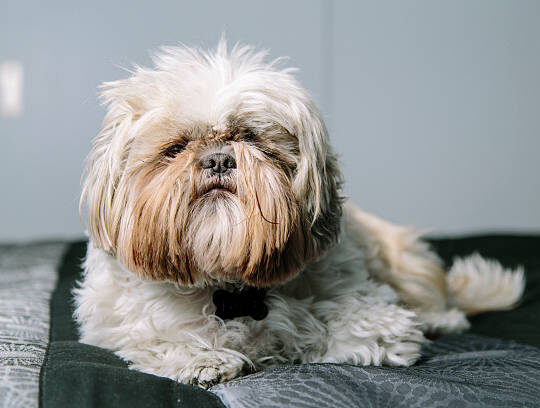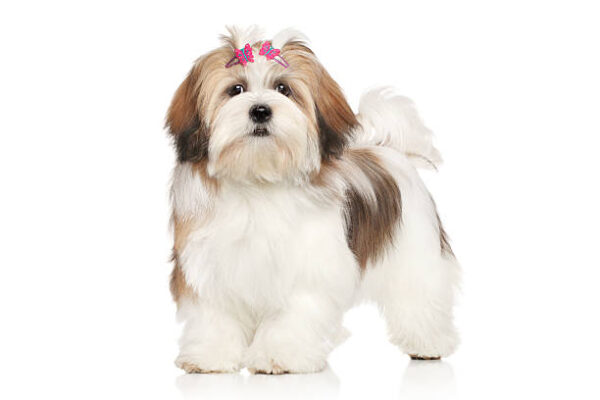Your cart is currently empty!
Korthals Griffon
Korthals Griffon Korthals Griffon: The breed takes its name from its founder, the Dutchman Edward Korthals who had a wirehaired pointing bitch which was a great worker. He wanted to perpetuate her talents in her progeny with inputs of various breeds, probably of Griffon blood and German Pointer blood. By 1870 a breed standard had […]
Description
Korthals Griffon
Korthals Griffon: The breed takes its name from its founder, the Dutchman Edward Korthals who had a wirehaired pointing bitch which was a great worker. He wanted to perpetuate her talents in her progeny with inputs of various breeds, probably of Griffon blood and German Pointer blood.
By 1870 a breed standard had been established. In 1890, Edward Korthals was awarded a medal by the German Emperor for his breeding success. Whilst working with French and Germany hunters, Korthals introduced some of their gundog blood into his line and this lead to some authorities claiming that the breed was French. However, the breed is still credited with its origins in Holland.
General appearance of Korthals Griffon
A vigorous, robust dog, of workmanlike, natural appearance and medium size with a harsh coat. Well-developed moustache and beard giving characteristic expression of firmness and assurance.
Characteristics of Korthals Griffon
A versatile hunting, pointing bird dog, of griffon type. Also used for tracking large, wounded game.
Temperament
Gentle, proud and very loyal, neither timid nor aggressive.
Head and skull
Large and long but not too broad, with moderate stop. Covered with harsh hair, which is thick but not too long; the moustache, beard and eyebrows should be well developed. The muzzle is long, square and of equal length to the skull. The top lines of skull and muzzle are parallel. Nose, slightly convex at the tip and always brown.
Eyes
Dark yellow or brown. Large and rounded. Surmounted, but not covered by the eyebrows, conveying a very intelligent expression.
Ears
Of medium size, flat, not curled inwards, set on a level with the eyes. The hair covering should be short mixed with longer strands. The length of the ear should reach midway along the muzzle.
Mouth
Teeth and jaws strong, with perfect, regular and complete scissor bite, i.e. upper teeth closely overlapping lower teeth and set square to the jaws with full dentition.
Neck
Moderately long, without dewlap.
Forequarters
Chest: deep, not too wide, with ribs slightly sprung. Forelegs: straight, strong and covered in thick hair. Shoulders should be well set on, oblique and quite long with good length of upper arm.
Body
The body length from point of shoulder to point of buttock should be slightly greater that the height at the withers with the proportions of 11 to 10.
Hindquarters
Thighs long, well muscled, with moderate turn of stifle. Hocks turning neither in nor out.
Feet
Round, strong with tight, arched toes.
Tail
Covered with thick hair, without fringing. Carried horizontally or with the tip slightly raised. Docking previously optional when no more than one quarter to one third was to be removed.
Gait/movement
Ground covering and driving from behind. Front and rear action is parallel, with good length of stride.
Coat
Harsh and coarse with fine, dense undercoat. Never curly or woolly.
Colour
Steel grey with liver brown patches; Solid liver brown; Liver roan; Liver brown with white hairs; White and brown. Undercoat brown in all colours.
Size
Height at withers: Dogs 55-60 cms (21¾ 23½ ins). Bitches 50-55 cms (19¾ – 21¾ ins).
Faults
Any departure from the foregoing points should be considered a fault and the seriousness with which the fault should be regarded should be in exact proportion to its degree and its effect upon the health and welfare of the dog and on the dogs ability to perform its traditional work.
Note
Male animals should have two apparently normal testicles fully descended into the scrotum.
